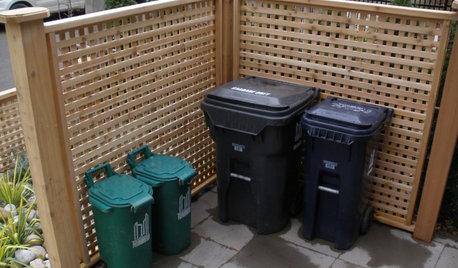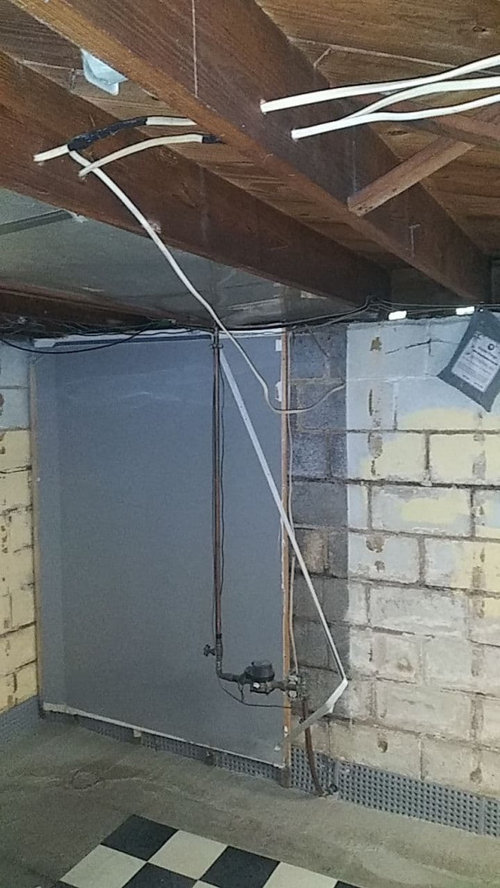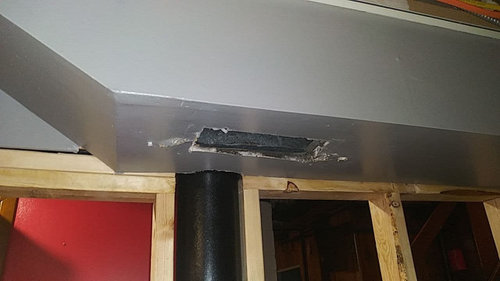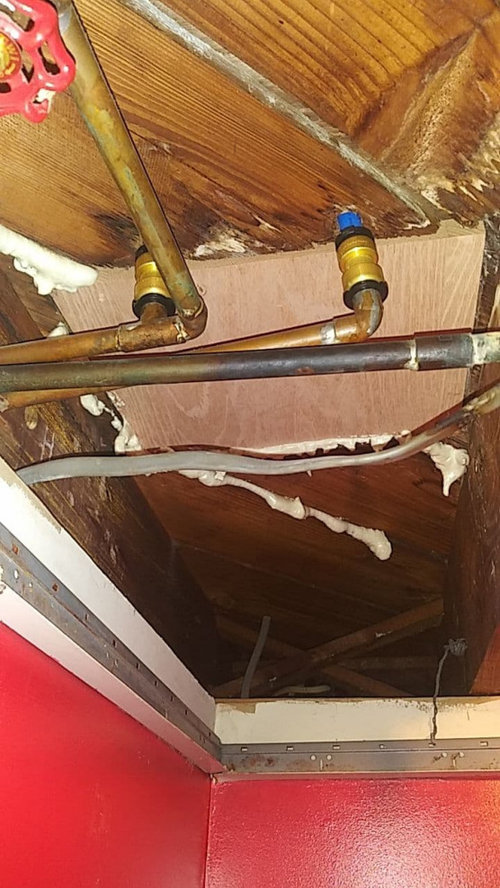I bought a lemon. What action can i take?
shaggyfox44
3 years ago
Featured Answer
Sort by:Oldest
Comments (23)
maifleur03
3 years agoworthy
3 years agoRelated Professionals
Franconia Kitchen & Bathroom Remodelers · Elmont General Contractors · Renton General Contractors · Glendale Painters · Fort Lauderdale Painters · Lutz Painters · Country Walk General Contractors · Marysville General Contractors · West Whittier-Los Nietos General Contractors · Four Corners Architects & Building Designers · Pedley Architects & Building Designers · East Grand Rapids Flooring Contractors · Owatonna Flooring Contractors · St. Louis Flooring Contractors · Truckee Flooring Contractorsroccouple
3 years agoHU-178658043
3 years agocat_ky
3 years agomaifleur03
3 years agoGN Builders L.L.C
3 years agolast modified: 3 years agoshaggyfox44
3 years agoGN Builders L.L.C
3 years agoraee_gw zone 5b-6a Ohio
3 years agomaifleur03
3 years agogreg_2015
3 years agolast modified: 3 years agomakmartell
3 years agoGN Builders L.L.C
3 years agoGina S
3 years agotiffany66
last yearmillworkman
last yearlast modified: last yeartiffany66
last yearbry911
last year
Related Stories

THE POLITE HOUSEThe Polite House: What Can I Do About My Neighbors’ Trash Cans?
If you’re tired of staring at unsightly garbage way before pickup day, it’s time to have some tough conversations
Full Story

FUN HOUZZEverything I Need to Know About Decorating I Learned from Downton Abbey
Mind your manors with these 10 decorating tips from the PBS series, returning on January 5
Full Story
LIFEThe Polite House: How Can I Kindly Get Party Guests to Use Coasters?
Here’s how to handle the age-old entertaining conundrum to protect your furniture — and friendships
Full Story
THE POLITE HOUSEThe Polite House: Can I Put a Remodel Project on Our Wedding Registry?
Find out how to ask guests for less traditional wedding gifts
Full Story
LAUNDRY ROOMSWhere Can I Hide My Laundry Area?
It’s a case of now you see it, now you don’t with these 10 clever ways of fitting in a laundry zone
Full Story
LIFEThe Polite House: How Can I Tell a Construction Crew to Pipe Down?
If workers around your home are doing things that bother you, there’s a diplomatic way to approach them
Full Story
KITCHEN DESIGNSingle-Wall Galley Kitchens Catch the 'I'
I-shape kitchen layouts take a streamlined, flexible approach and can be easy on the wallet too
Full Story
FEEL-GOOD HOME12 Very Useful Things I've Learned From Designers
These simple ideas can make life at home more efficient and enjoyable
Full Story
GARDENING GUIDESHow I Learned to Be an Imperfect Gardener
Letting go can lead to a deeper level of gardening and a richer relationship with the landscape. Here's how one nature lover did it
Full StoryMore Discussions





























homechef59